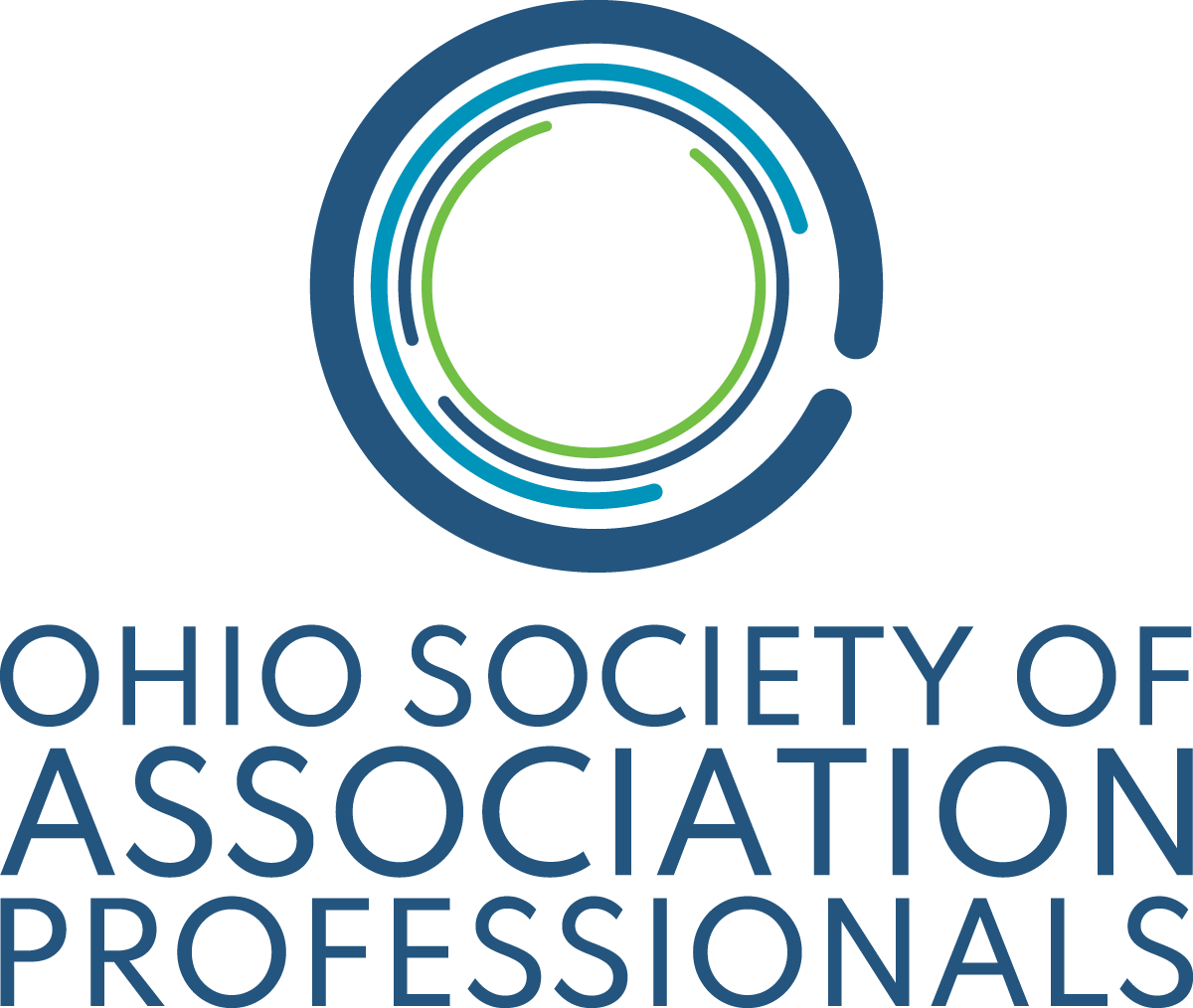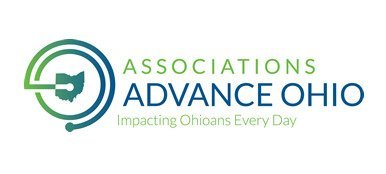Complete Story
07/15/2024
Benchmarking & Association Strategy
The need for workers is substantial, and associations can fill the gap
COVID-19 may be largely in the rearview mirror for most Americans, but we’re still living with its aftereffects. Consider the U.S. workforce: Following a spike in unemployment during the early months of the pandemic, the economy has produced more jobs. But the workforce hasn't quite caught up: According to a U.S. Chamber of Commerce analysis of Bureau of Labor Statistics data, there are currently 8.1 million job openings, but only 6.6 million unemployed people actively seeking work. One reason for that gap is a decline in the workforce participation rate, currently at 62.7 percent—nearly a 5-point drop from 2001.
This isn't an abstract issue for associations: To thrive, associations need to be strong advocates for their industries and make it easy for people to engage in it. It's important enough that ASAE has identified workforce development as an essential knowledge area—an area “of great need and/or change"—in the coming year.
Understanding where your association is in terms of workforce development shouldn’t be a matter of guesswork. It begins with meaningful benchmarking of where your industry is at, and what your members’ (and potential members’) needs are. Attendees at next month’s ASAE Annual Meeting & Expo will have plenty of opportunities to explore benchmarking as a topic—a list of relevant sessions is at the end of this column. But I wanted to spotlight one benchmarking report in particular as useful in how it can show where your members are at, and what’s needed to better support them in the workforce.
Please select this link to read the complete article from Associations Now.






